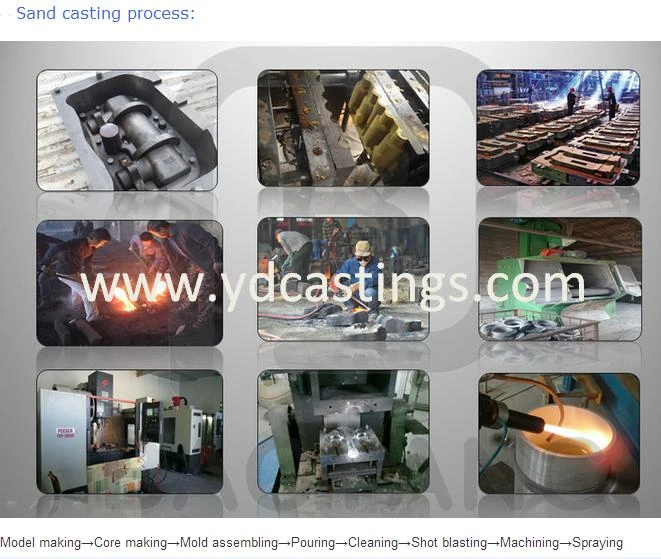Mobile:+86-311-808-126-83
Email:info@ydcastings.com
dispersion impeller
Understanding Dispersion Impellers A Key Component in Mixing Technologies
In various industrial applications, achieving a uniform mixture of liquids and solids is paramount. The dispersion impeller plays a crucial role in this process, particularly in the fields of chemical engineering, food processing, and pharmaceuticals. This article explores the function, design, and applications of dispersion impellers, highlighting their significance in enhancing mixing efficiency.
Dispersion impellers are specialized devices designed to create a strong flow and shear conditions in a liquid medium. Unlike standard impellers, which may be efficient for pumping or circulating fluids, dispersion impellers are specifically engineered to break up and disperse solid particles or immiscible liquids into the primary liquid. This capability is essential for producing stable emulsions, suspensions, and various blended products.
The design of a dispersion impeller often features blades with a specific profile that maximizes turbulence and shear. The geometry of these blades allows for the generation of high shear rates, which promotes the breakdown of clumps and the thorough blending of materials. Common designs include angled blades, high-shear mixers, and rotor-stator systems, each catering to different mixing requirements.
One of the most significant advantages of using dispersion impellers is their ability to reduce mixing time while improving product quality. In industries such as paint and coatings, achieving a uniform dispersion of pigments is essential for ensuring consistent color and texture. Similarly, in the food industry, the ability to evenly distribute flavors and stabilize emulsions determines product quality and shelf life.
dispersion impeller

Moreover, dispersion impellers can be adapted for various applications by adjusting their speed, size, and configuration. For instance, in pharmaceutical manufacturing, precise control over the dispersion process can influence the bioavailability of active ingredients, ultimately affecting the efficacy of medications. This adaptability makes dispersion impellers an invaluable tool in customizing processes to meet specific production standards.
In addition to their effectiveness, dispersion impellers can also contribute to energy efficiency. By optimizing mixing conditions, manufacturers can reduce energy consumption, which is a critical factor in minimizing production costs. Consequently, companies strive for both high performance and sustainability, making the choice of impeller technology a vital consideration in system design.
However, it is essential to consider that the selection of a dispersion impeller must align with the characteristics of the materials being processed. Factors such as viscosity, density, and particle size distribution can significantly impact the mixing performance. Therefore, research and development in this field focus not only on improving impeller designs but also on understanding the interactions between various materials.
In conclusion, dispersion impellers are indispensable components in the realm of mixing technologies. Their ability to create uniform blends efficiently not only enhances product quality but also contributes to energy savings and operational efficiency. As industries continue to evolve, the demand for innovative mixing solutions, including advanced dispersion impellers, will likely grow, driving further advancements in this critical area of engineering.
-
Understanding Metal Casting TechniquesNewsApr.02,2025
-
Understanding Exhaust Manifolds for Enhanced Engine PerformanceNewsApr.02,2025
-
The World of Metal FabricationNewsApr.02,2025
-
Key Components for Pump and Turbo EfficiencyNewsApr.02,2025
-
Essential Tools for Automotive Maintenance and RepairNewsApr.02,2025
-
Durable Valve Components for Effective Water ManagementNewsApr.02,2025











